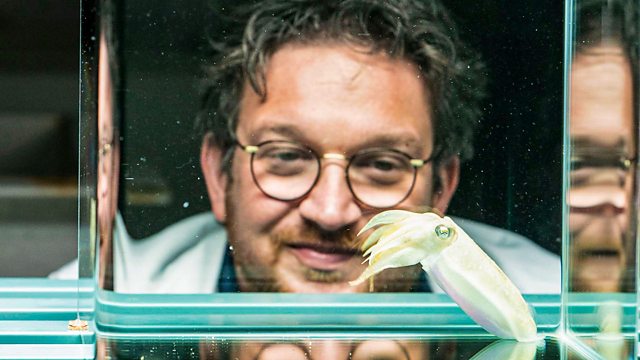Defence
What is the most toxic animal on earth? Why is a rhino armour plated? Professor Ben Garrod discovers the complex ways in which skin helps defend animals against threats of all kinds.
What is the most toxic animal on earth? How are porcupine quills helping us in medicine? Why is a rhino armour plated, and it is not to protect them from lions?
Professor Ben Garrod discovers the complex ways, from camouflage to deadly toxins, in which the skin helps defend animals against threats of all kinds. From the barbed quills of the North American porcupine to the battering ram of a rhino’s horn, the skin has developed an impressive armoury of weapons and warnings to keep predators at bay.
With experiments and specialist factual insight, Professor Ben Garrod reveals the toughest and most resilient of animals defend themselves through their skin. One of the most iconic warnings in nature is that of the rattlesnake. Ben takes a teaching sample of a rattlesnake’s tail to the University of Bristol to test just how fast it can vibrate. He uncovers how poison-dart frogs produce their toxins, and how cuttlefish are the masters of disguise when it comes to hiding in plain sight.
Last on
More episodes
Previous
Next
Clips
-
![]()
Tigers have secret camouflage
Duration: 02:51
-
![]()
One of the most toxic skins on the planet
Duration: 03:17
-
![]()
The defensive spines of a porcupine
Duration: 03:27
Music Played
-
![]()
Boards of Canada
1969
-
![]()
Air
Modular Mix
Credits
| Role | Contributor |
|---|---|
| Presenter | Ben Garrod |
| Series Producer | Reema Lorford |
| Executive Producer | Doug Mackay-Hope |
| Producer | Honor Peters |
Broadcasts
- Thu 19 Dec 2019 19:30
- Wed 24 Nov 2021 01:00
- Wed 22 Jun 2022 01:00
- Wed 2 Aug 2023 19:30
- Thu 3 Aug 2023 01:45
- Mon 30 Jun 2025 19:00
- Tue 1 Jul 2025 02:00





